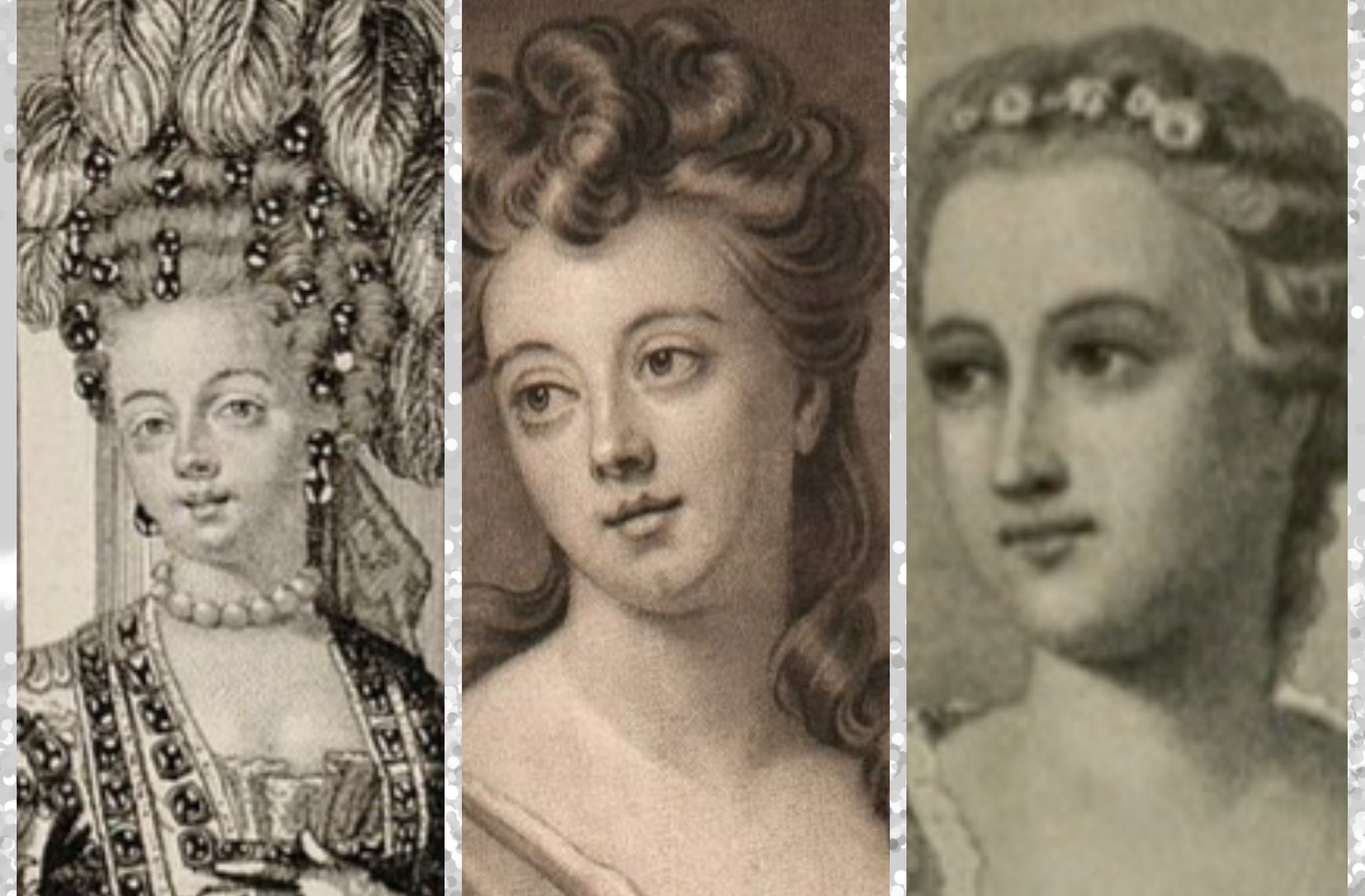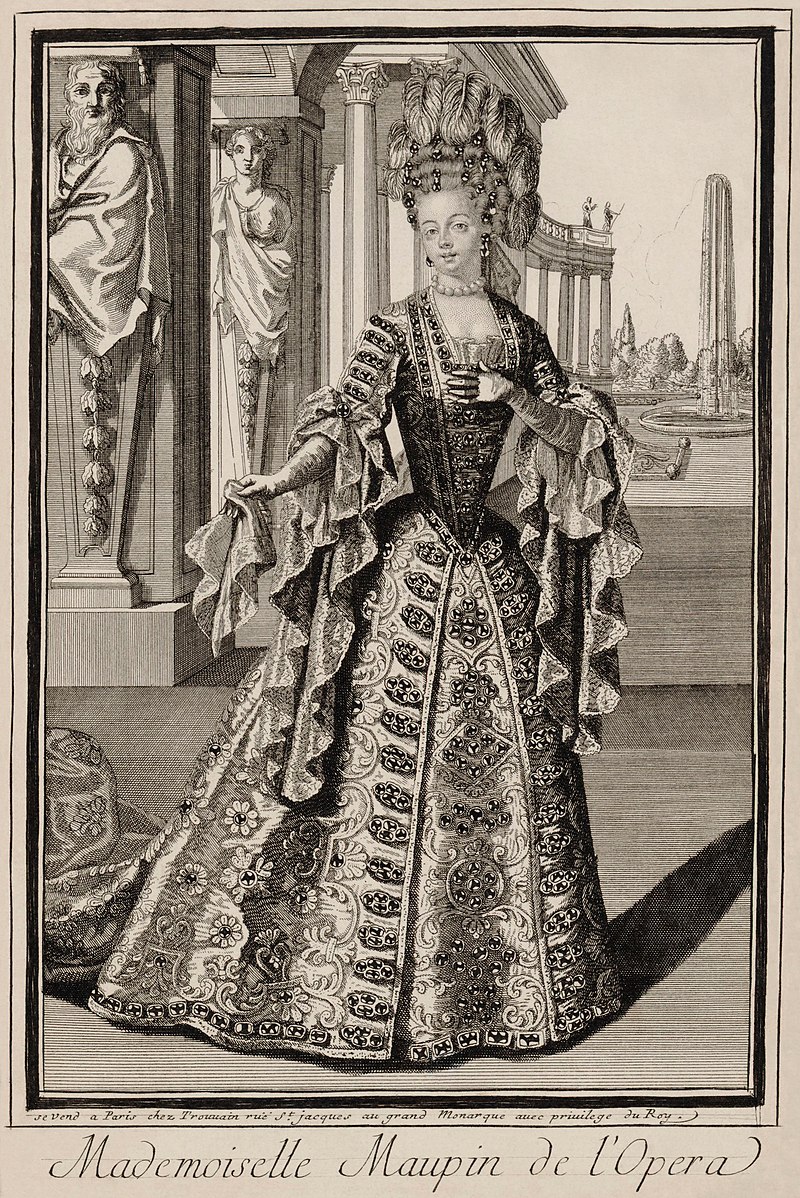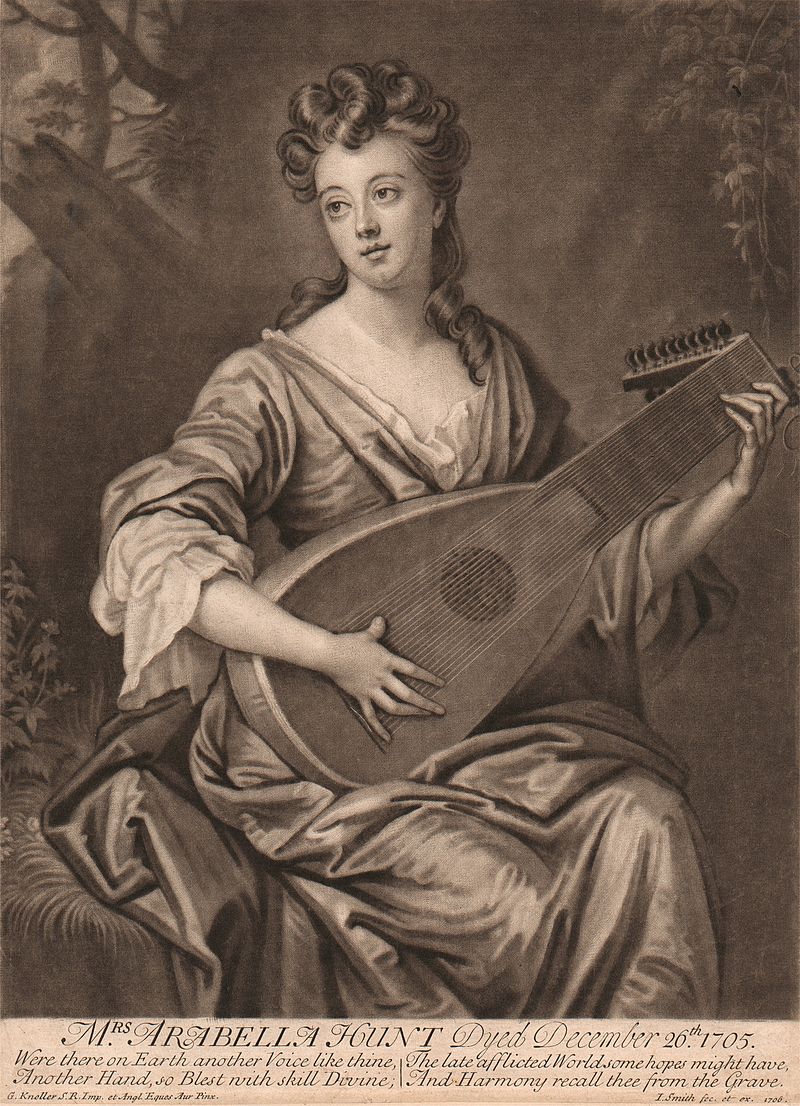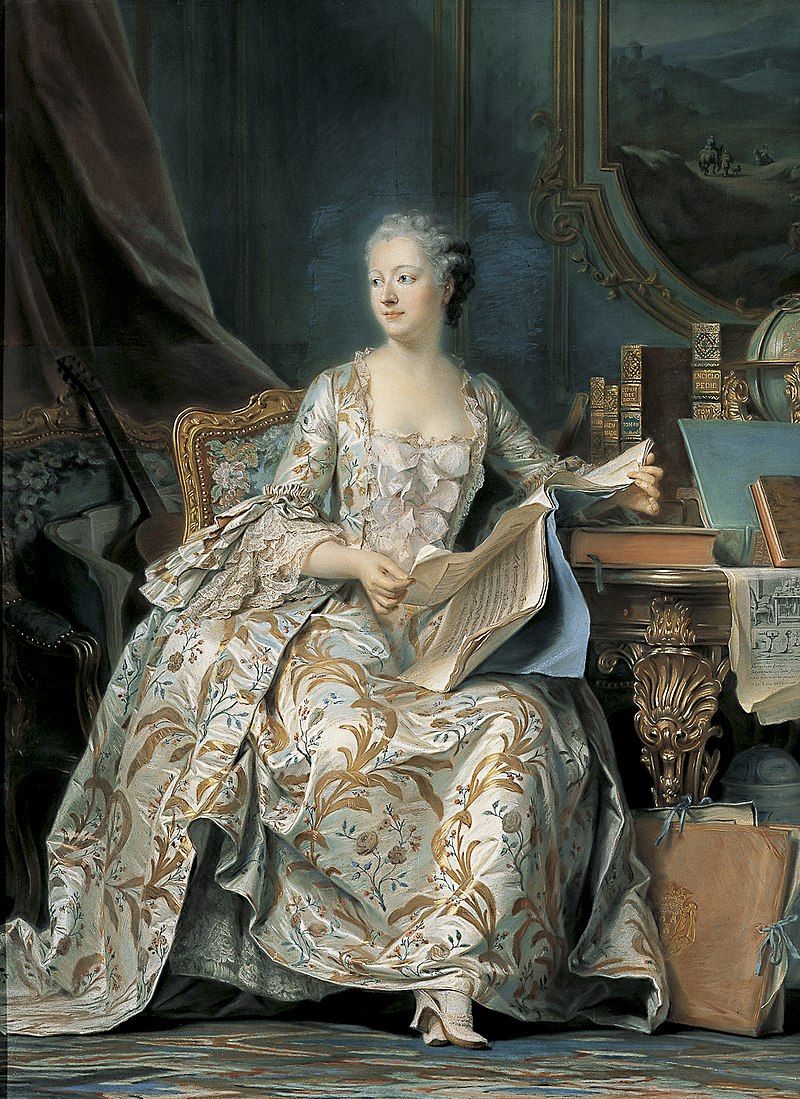It isn’t often that I open a post with memes but in this instance they’re actually pretty on point.
It’s such a common theme in modern history to look back on relationships that clearly weren’t strictly monogamously heterosexual in nature and go to great lengths to explain why it simply couldn’t be true. People who openly lived as LGBTQ+ are frequently rewritten as straight but having never married for unknown reasons. At worst, they’re considered deviants.
There’s a trend in certain groups to suggest that LGBTQ+ is a modern craze because there aren’t all that many examples who can be pulled from history. The truth is that these people have existed and been erased for their sexualities which isn’t exactly limited to the past either. When Megan Rapinoe kissed her then girlfriend, Sue Bird, after her performance at the 2019 FIFA World Cup, many news stories showed the picture of it with a caption along the lines of ‘Rapinoe and her friend’.
In an attempt to rescue queer histories from obscurity, here are some brief biographies of women who were most definitely not heterosexual but whose stories have been erased or rewritten.
Julie D’Aubigny b.1673-1707
According to the most straightforward of biographies, Julie D’Aubigny was an opera singer. She was married to a dull accountant who she never saw and after a brief involvement with her fencing master, she joined the opera. She retired in 1705 and died in 1707. Beyond that, stories of her life are described as outlandish and fanciful. They’re largely dismissed as the subject of gossip even though we have the records of the two court cases of which she was subject.
D’Aubigny’s father was secretary to Louis XIV’s Master of Horse. He was also a master swordsman who taught the pages of the household how to handle a blade. D’Aubigny used to dress as a boy and learned with them. She later became the mistress of her father’s employer and as was customary, he had her married so that any of their children would be legitimate. Little is known of her husband beyond the fact that he was dispatched to an accounting position in a completely different city.
She didn’t remain a mistress for long and instead ran off with her fencing master. The two had an affair and made their way by performing fencing demonstrations. When the affair ended, she took another lover and joined the Marseilles Opera. So begins her first brush with the law.
While performing a young woman fell in love with her. When her family found out about their liaison, they packed their daughter off to a convent. Undeterred, D’Aubigny followed. She stole a body of a dead nun, entered the convent as a novice and upon finding her lover, she staged her death using the body and setting fire to the cell. The two ran off together though the relationship was short lived. D’Aubigny was tried in her absence and under the name of a man, seeing as the court couldn’t bring themselves to admit that a woman could go to such lengths to be with another woman.
Eventually, one of her lover’s interceded for her and she was pardoned, allowing her to return to the opera where she became one of its most famous stars. One night, she attended a ball dressed as a man. She kissed a woman during a dance and was challenged to a duel by three of the woman’s suitors for her trouble. She accepted their challenge and duelled the three of them at once. After defeating them, she had to go on the run again as duelling was illegal.
After an adventurous stint around Europe, she was pardoned once again and returned to her opera. In 1703, she fell in love with the beautiful Madame la Marquise de Florensac. The two lived together happily but only for a short time. Two years later Florensac died, from which D’Aubigny didn’t recover. D’Aubigny entered a convent, for real this time, where she died herself within a few years from the grief of losing her lover.
Arabella Hunt 1662-1705
Arabella Hunt was considered one of the most beautiful musicians at the English Court. She was known for her singing but was such an accomplished lute player that she was engaged to teach Princess Anne. Between her talent and beauty she received multiple proposals of marriage from the crop of the English courtiers but she refused them all. Instead, she married a commoner by the name of James Howard and the two lived together in modest accomodation. Within a year however, Hunt petitioned for the marriage to be annulled revealing that James Howard was actually a woman by the name of Amy Poulter.
This was not however, the reason for the annulment. Hunt sought it because Poulter had allegedly been married at the time of their wedding. At no point in the proceedings did Hunt suggest that she’d been misled in any way. She’d married Poulter in the full knowledge of her true identity and had been courted by Poulter both as a man and a woman. She claimed that Poulter was of a ‘double gender’. Though biologically female, Poulter lived as James Howard. Hunt claimed that the entire act of getting married in the first place was a ‘frolic’ though we have to admire their commitment to the bit if that was true.
The marriage was indeed annulled though Poulter is thought to have killed herself after the verdict was delivered. Hunt returned to court where she continued to reject every offer of marriage as it came, earning her the historical reputation of being cold and frigid.
Jeanne Antoinette Poisson, Marquise de Pompadour 1721-1764
Jeanne Poisson, more famously known as Madame de Pompadour, is known as the chief mistress of Louis XV. Although the position of royal mistress is inherently sexual, Pompadour herself had little interest in sex and yet managed to retain her position even after ceasing relations with the king.
Pompadour had been specifically brought up expecting to become the king’s mistress and had received an education for that purpose. She was married at nineteen and the new couple seemed to fall in love quite quickly. Pompadour promised him that she would never leave him (except for the king). She fell pregnant with their son shortly after their marriage and seems to have stopped sexual relations with her husband which she resumed after their son died in infancy. They had one more child together, a daughter, while Pompadour’s husband had several affairs which themselves produced several children. Their separation was arranged by the king when Pompadour became his mistress.
Within five years of becoming chief mistress, Pompadour broke off all sexual relations with the king. Ostensibly, she claimed it was the result of repeated illnesses and some have interpreted this to mean that sex was painful for her. However, she was open about her complete aversion to the act. She referred to it as her coldness and often ate foods that were supposed to encourage her ardour. (It didn’t work).
Pompadour was allegorised in the novel The Indiscreet Jewels in which she was portrayed as the Sultana Mirzoza. Mirzoza’s character was the embodiment of virtuous love and did not involve herself with sex ‘since she had little inclination for such things’. The novel was not written specifically for her but with the intent of gaining her patronage. As the lack of sex between Pompadour and the king was so openly portrayed like this, we can assume that their lack of a physical relationship was well known and not just within court circles.
The king continued to have sex with other women but it didn’t compromise Pompadour’s position and she remained an influential figure at court until her death, which the king nursed her through.
If you’d like to join me for more fun and games in picking apart history, and other behind the scene tangents, you can support me via my Patreon.

















